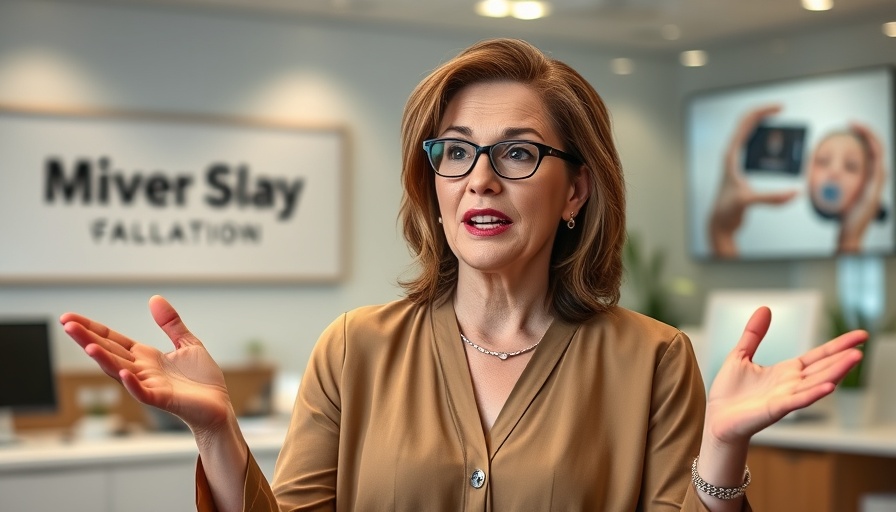
Tesla's Groundbreaking Robotaxi Launch in Austin: A New Era for Mobility
In a highly anticipated move, Tesla is set to launch its 'robotaxi' service on Sunday in Austin, Texas, with CEO Elon Musk announcing a promotional introductory fare of $4.20. This marks a significant milestone in Tesla's pursuit of developing autonomous vehicles, an ambition that has garnered attention not only for its innovative technology but also for its potential to reshape transportation as we know it.
Understanding the Robotaxi Experience
Under this new model, customers will have the option to ride in Tesla's Model Y vehicles, but with a twist: safety monitors will accompany front-seat riders. While these monitors are expected to oversee the operations of the vehicle, there remains uncertainty regarding the extent of their control. The nuances of this setup have sparked debate within the tech community about the safety implications of deploying partially autonomous cars with limited human oversight.
Safety Concerns and Legislative Landscape
As the launch date approaches, Texas lawmakers have been proactive in enforcing new regulations on autonomous vehicles, including a law recently signed by Governor Greg Abbott mandating state permits for self-driving vehicles. This law is set to take effect on September 1 and aligns with a growing sentiment among lawmakers who advocate for cautious advancements in the driverless-vehicle sector. This marks a departure from Texas's traditionally relaxed regulations surrounding autonomous technology.
Specifically, the new regulations empower state authorities to revoke operational permits if a vehicle is deemed a threat to public safety. Operators must also ensure their vehicles meet ‘Level 4’ autonomous driving standards, which allow for operation without human intervention but still within stipulated conditions.
A Spark of Interest in the Aesthetic Industry
For MedSpa owners and managers, Tesla's robotic innovations might seem distant from their day-to-day operations, yet they reflect a critical evolution in leveraging technology for efficiency. As more industries adopt automation and AI-driven solutions, the aesthetic field also stands to benefit from similar advancements. The integration of tech—whether through robotic assistant systems or AI-powered marketing tools—can dramatically enhance business operations, streamline services, and elevate client experiences.
Embracing Change: Opportunities for Aesthetic Professionals
As we witness the commercialization of autonomous vehicles, it's important for professionals in the aesthetics industry to consider how technology can streamline their practices. From appointment scheduling to client communication, adopting digital tools is becoming increasingly important for enhancing efficiency and client satisfaction.
The Future of Autonomous Technologies
As Tesla's anticipated robotaxi service prepares to debut, it's an opportune moment for industries, including MedSpas, to reflect on their relationship with technological innovation. Will we see AI-driven personal care attendants, remote consultation via virtual reality, or even automated treatments tailored to individual skin types? The future promises exciting changes that can redefine customer engagement and operational capabilities.
Conclusion: Preparing for Tomorrow's Innovations
With the launch of Tesla's robotaxi service just around the corner, it is crucial for business leaders across various sectors—including aesthetic medicine—to grasp the potential impacts of automation and embrace the opportunities it offers for greater operational efficiency and client service enhancement. Embracing technology not only helps grow businesses but sets the foundation for a future that can benefit all stakeholders.
To stay ahead of the curve, leaders in the aesthetic field should consider exploring automation and AI solutions tailored to their needs, engaging in continuous education about emerging technologies, and being prepared to adapt to a fast-evolving landscape that promises endless possibilities.
 Add Row
Add Row  Add
Add 

 Add Element
Add Element  Add Row
Add Row 




Write A Comment